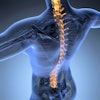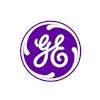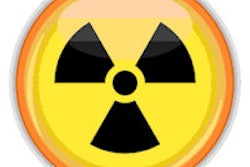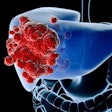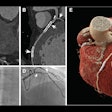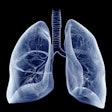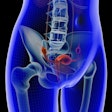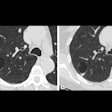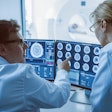Dear CT Insider,
The proliferation of new CT iterative reconstruction schemes has left some hospitals with a problem: multiple scans of the same patient acquired at different times on different scanners and processed with different iterative reconstruction algorithms. Such scans can be disappointingly different in appearance, which can make them nearly impossible to interpret and compare with prior studies.
But researchers at Massachusetts General Hospital in Boston have a solution. They've created a method of harmonizing the reconstructions to provide an even appearance despite the use of scan parameters, according to a presentation at the annual meeting of the International Society for Computed Tomography (ISCT 2016) in San Francisco. Find out how they did it in this issue's Insider Exclusive, brought to you as a CT Insider subscriber before our other members can access it.
Also from ISCT 2016 comes a discussion of acute stroke imaging in light of five recent clinical trials that are expected to shape clinical practice for years to come. Our first article on the topic presents the conclusions of a panel that convened to dissect the implications of the research. The five large trials all found excellent reperfusion results in a variety of patient populations, but recommendations for the optimal imaging protocols will have to wait. Learn more here.
ISCT 2016 presenters also looked at lung cancer, posing a question: Are CT lung cancer screening programs worth the substantial trouble and expense required to run them? A radiologist from Duke University talked about what lung screening has involved for his center: the staffing, reporting, referring, decision-making talks, scanning, and patient care. Would he do it all again? Click here for the rest of the story.
Speaking of lung cancer, is it time for ultralow-dose lung cancer screening that comes in at about the same radiation dose as an x-ray? Researchers writing in PLOS One found they could slash the risk of future cancers by getting the dose down to nearly nothing. But how well does it work? Click here to learn more.
Ultralow-dose CT scans have also made their way to chronic obstructive pulmonary disease, where researchers are reporting success with just 4% of the normal effective radiation dose. Read more here.
In image management, today's large radiology departments count their CT imaging protocols in the thousands. That's thousands of protocols to adhere to and continually update and communicate. How on earth do departments manage to keep up with it all? By developing a master protocol concept, according to researchers from the University of Wisconsin-Madison. For some departments, it's the only way to manage an increasingly complex web of technologies, scans, and trials. Learn more here.
Finally, ISCT presenters spent a day talking about new technologies in CT. Among them was a presentation on detector designs, and why it seems to be taking forever for the new stuff to be refined and installed at a facility near you. Read the article to learn about direct conversion detectors and more.
There was big news in CT colonography this month, too, as the U.S. Preventive Services Task Force changed course and approved the radiology-based colorectal cancer screening exam. Finally, the test that has been shunted aside by so many for so long appears to be on the verge of nationwide reimbursement approval. You'll find a rundown of the decision and the process yet to come in our story here.
Meanwhile, in cardiac imaging, medical societies have come up with new guidelines for performing CT angiography for coronary artery disease that give it a standardized reporting system just like breast and colon imaging have. Will CAD-RADS take off? You can learn about the new classifications here.
We invite you to scroll through the links below for the rest of the news in computed tomography -- all here in your CT Community.


